Lowering your vehicle improves its stability, thanks to a lower center of gravity, and gives it a sleeker appearance because of the way it makes the body hug the road surface. The cost to do this depends on many factors, such as whether you’re doing it yourself or leaving the job to a mechanic. Read on to find out which approach suits your vehicle and more.
How Much Does It Cost to Lower a Car?
It depends on which approach you take. If you choose to do it yourself, you only need to buy a lowering kit and other essential equipment. On the other hand, you’ll have to add labor costs to your budget if you opt for a professional installation.

Modifications also affect the cost of lowering your car. Each type varies in terms of how many inches it can lower the suspension, its ease of installation, and the cost of parts and labor. Keep these factors in consideration when selecting one for your ride.
Types of Modifications for Lowering Vehicle Suspension
Not sure what modification type to invest in for your ride? Check out the guide below to learn about the different ways you can lower your vehicle’s suspension and how their prices differ.
Leaf Spring Modification
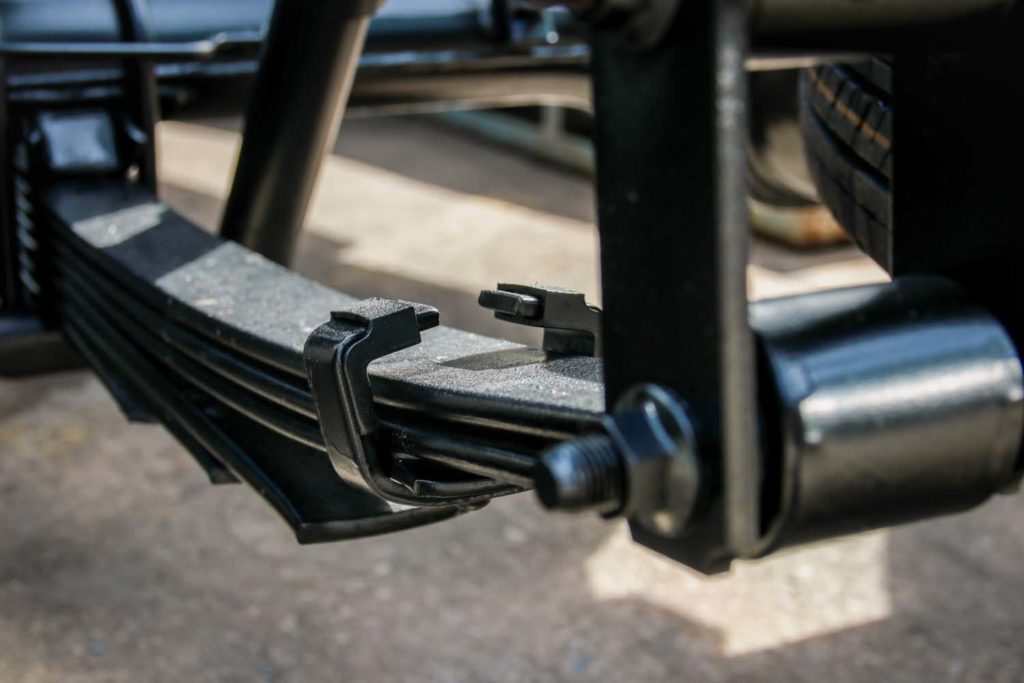
If you own an older vehicle, it may have a leaf spring suspension. Leaf springs are metal bands made up of layers called leaves, which are found beside the wheels. You can modify your vehicle’s ride’s height by installing modified leaf springs.
This is also the cheapest way to lower a car, so it’s a great option if you’re on a budget. A leaf spring kit can cost anywhere between $100 and $200. Make sure you have the right tools for the job, such as a floor jack to lift your ride, if you’re doing it yourself. If you hire professional mechanics, they may charge you an additional $200 to $800 in labor.
Lowering Springs Installation
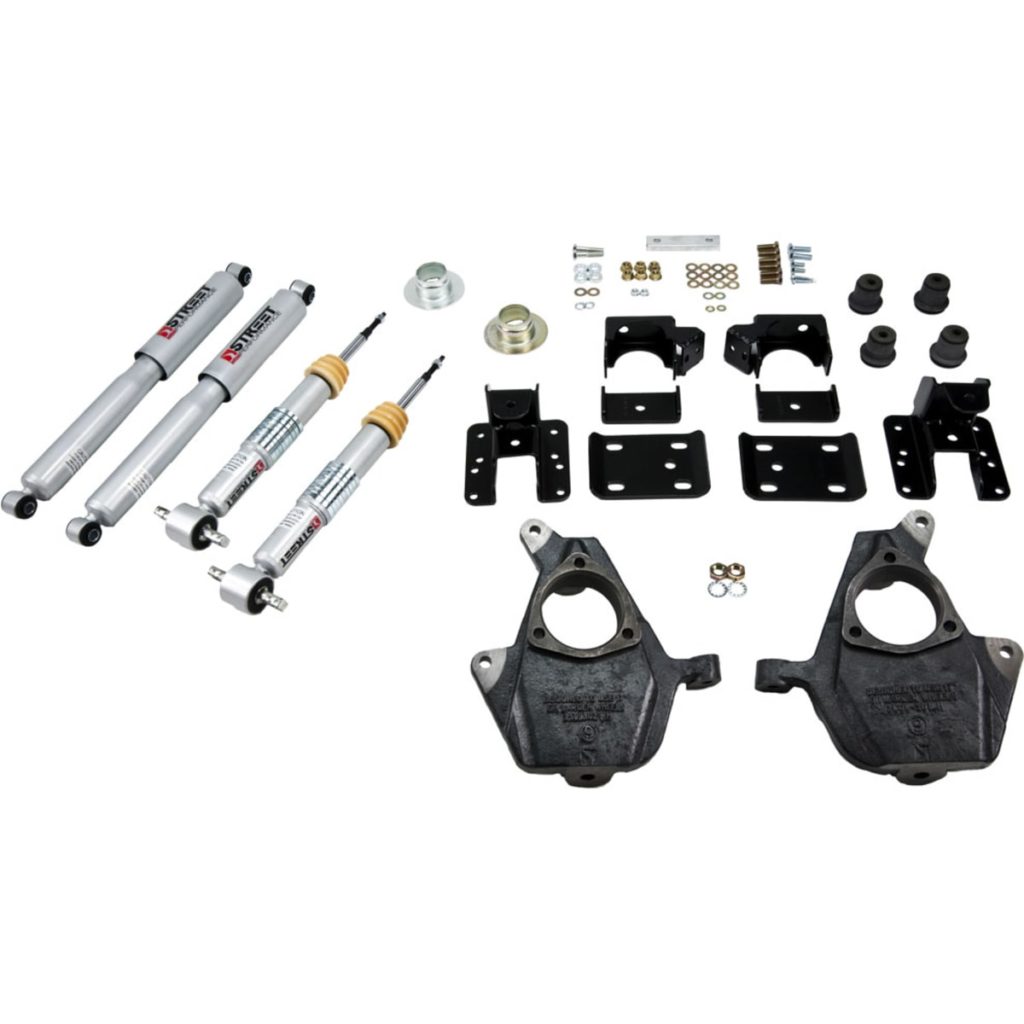
Another option to lower your vehicle’s ride height is to replace the stock springs in the suspension with lowering springs. These are shorter springs that lower your car by one to three inches.
Lowering spring kits go for anywhere between $100 and $700. A professional installation may cost an additional $200 to $800. If your vehicle needs a spring compressor to install lowering springs, it’s much safer to bring it to a trusted auto shop.
Coilovers Installation
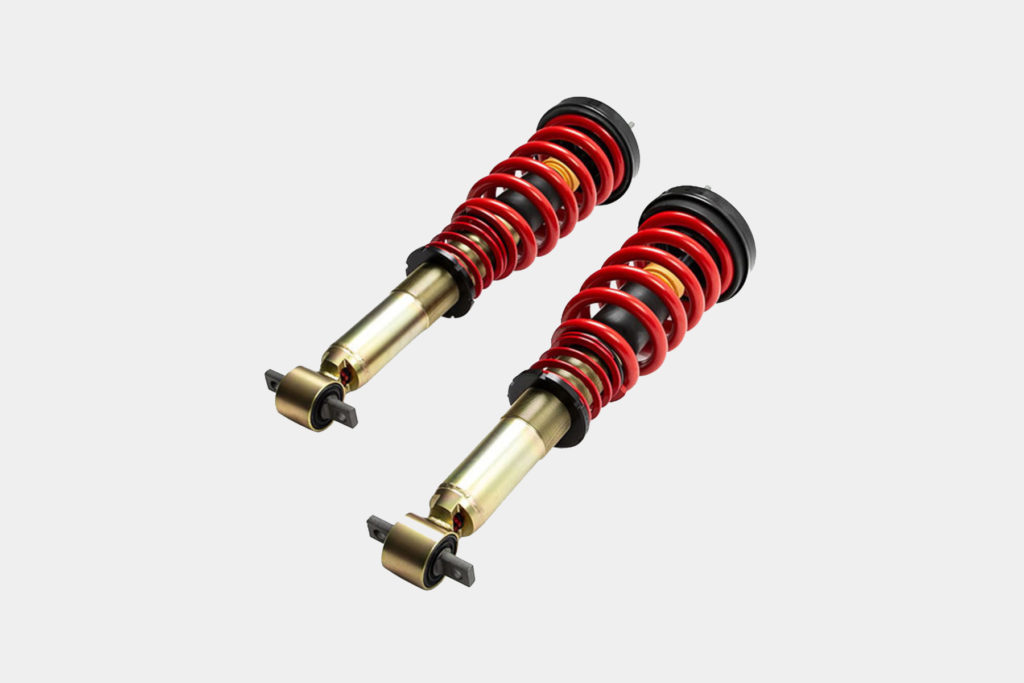
You can also opt to replace the stock suspension springs with coilovers. These suspension parts have adjustable shock absorbers with springs coiled around the dampening device.
A coilover kit can cost anywhere from $300 to a whopping $9,000. If you bring your ride to an auto shop, the mechanics will charge you roughly $300 to $1000, excluding the cost of the coilovers.
Drop Spindles Installation
Fiddling with the suspension can affect your vehicle’s handling on the road. If you want to reduce your car’s ride height while leaving the suspension springs alone, consider installing drop spindles. Instead of lowering the suspension, drop spindles elevate the wheel mounting point.
Drop spindles can cost anywhere between $150 and $1,300. Professionals often charge $300 to $10000 to replace the stock spindles with drop spindles, not including the price of the parts. Similar to lowering springs, you may need a spring compressor for the installation process. In this case, it’s safer to let the pros do the job for you.
Airbag Suspension Installation
Replacing your factory-issue suspension with an airbag suspension offers a way to lower and raise your vehicle any time you like.

An airbag suspension kit can cost anywhere between $300 and $4,000. Because it’s much more complex than spring-based or coil-based suspensions, consider bringing your vehicle to an auto repair shop. Be prepared to pay a labor cost of $1,000 or more in addition to the price of the parts needed for the job.
Hydraulic Suspension Installation
Hydraulic suspensions use pressurized oil instead of air, but they work like their airbag counterparts. They can adjust the vehicle’s ride height upward or downward by up to five inches any time you want. A hydraulic suspension also lets you make your vehicle hop by cycling between the raise and lower functions quickly.
This is the most expensive option to lower your vehicle’s suspension. The most affordable hydraulic suspension kits cost around $1,300, while the high-end ones can exceed $10,000. Professional installation adds anywhere between $2,000 and $5,000.
Other Possible Costs
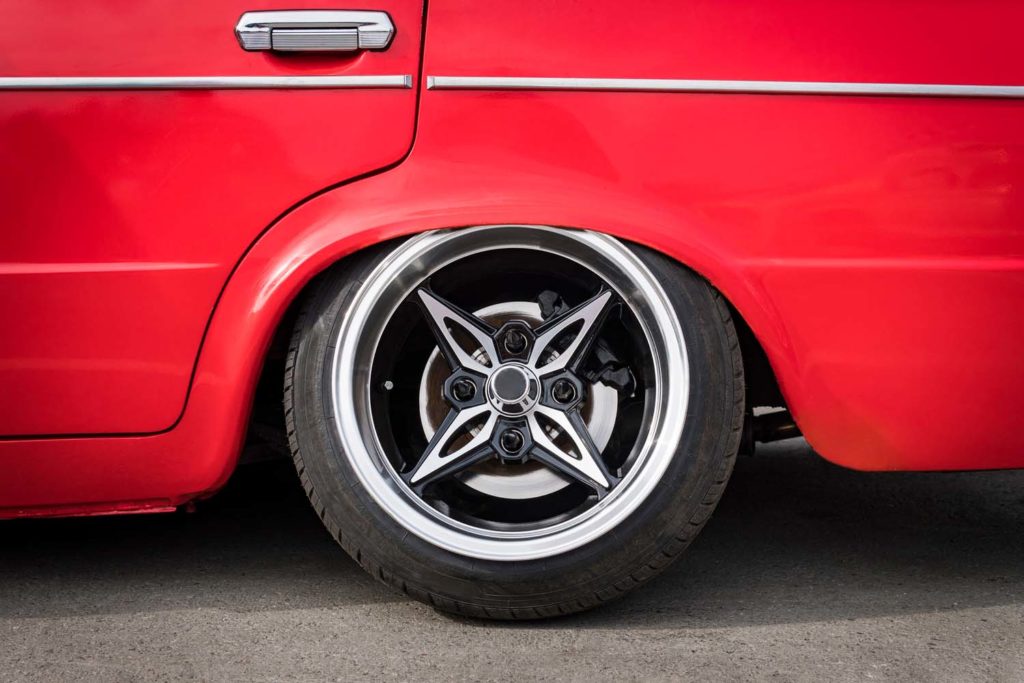
Before you choose a modification type, consider the hidden costs of lowering your ride. Manufacturers design their vehicles to operate within a certain range of parameters, one of which is ride height. Altering any of those parameters can cause the associated parts to malfunction or wear out faster, forcing you to shell out more money to repair or replace them.
The tires in your lowered vehicle can wear out in uneven patterns and reduce their performance. This happens because lowering the suspension changes its wheel alignment. You will need to either realign the wheels or buy new wheels that are better suited to your newly lowered ride.
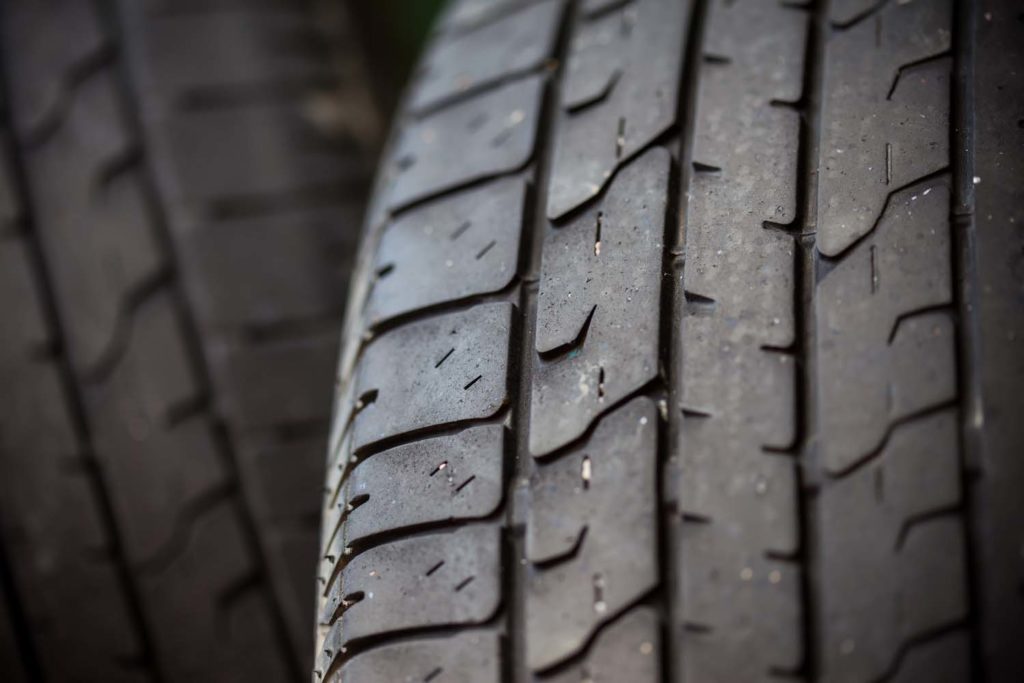
If you botch the installation or lower your vehicle too much, some parts in the suspension and steering system may come in contact with each other. The parts mounted underneath your ride can also scrape against the road surface and get damaged.
Your existing jack may no longer fit beneath your lowered vehicle because it was designed for a higher ride height. You may need a more compact unit if you want to lift your ride. Also, if you ever call for a tow, remember to ask for a flatbed truck that can haul your lowered vehicle.
In summary, the benefits of lowering your car are more than enough to outweigh the disadvantages. Just pick your modification carefully and keep the possible costs in mind, and you should enjoy your low-riding vehicle for many years.
What Does Lowering a Car Do?
Aside from cost, there are some other things you should consider before lowering your car. Lowering a car does more than just give it a sleeker appearance, although that’s one of the biggest pros. It limits its body roll too. With a lower center of gravity, your car is easier to handle, especially when making turns. A lower suspension also means there’s less air sliding underneath the car, improving its stability.
However, low-suspension cars are also prone to unwanted contact between the tire and body. Owners also have to be extra careful when driving over speed bumps because the pavement can scrape the lowest parts of the vehicle. A lowered suspension can also cause uneven tire wear.
Like any other modification, lowering a car comes with pros and cons. At the end of the day, it ultimately boils down to what you want for your own car.
Any information provided on this Website is for informational purposes only and is not intended to replace consultation with a professional mechanic. The accuracy and timeliness of the information may change from the time of publication.






























